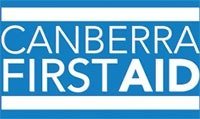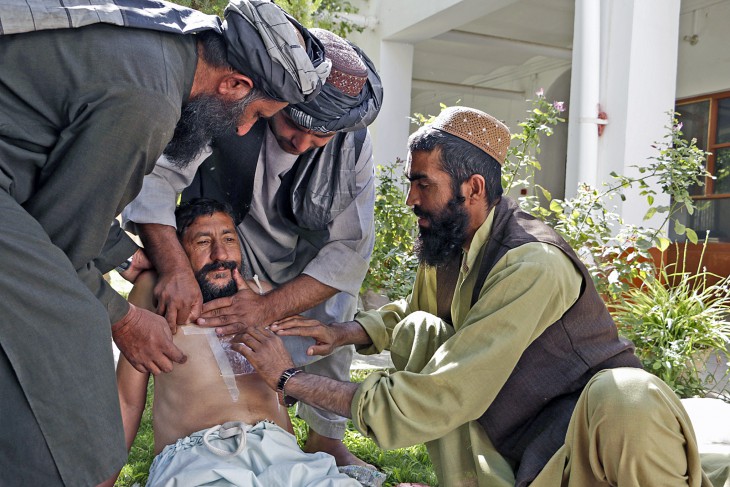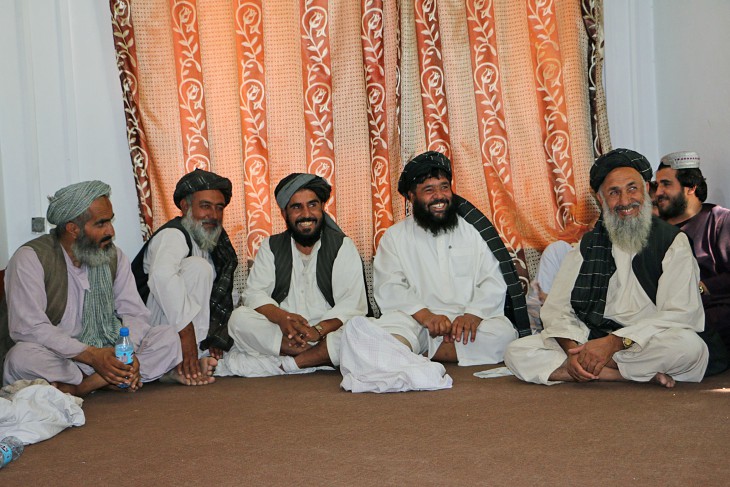Janeth Santos is just 13 years old, but she already knows how to save lives, courtesy of medical classes she took at her middle school.
The eighth-grader was honored for bravery and courage Monday night for saving a 4-year-old boy during her summer vacation.
“She’s an amazing kid,” her principal, Marlene Bicandoba, told InsideEdition.com Wednesday.
Janeth was at home with her mother one day this summer when a neighbor began hysterically screaming. Her son was choking on a piece of candy.
“Do you know what to do? Do you know how to help,” the mother shouted. Yes, I do, Janeth replied, and calmly took the boy in her arms, Bicandoba recounted.
She asked if the mother had done chest compressions. She had, but they had no effect. Then Janeth did a finger sweep of the child’s mouth, checking for anything blocking his air way.
And there was the offending item – a hard Jolly Rancher candy.
“For a 13-year-old to do that was just phenomenal,” her principal said.
When Janeth returned to school, she told her first aid and CPR instructor about her adventure in life saving. School officials checked with Janeth’s family, and then decided to give her a citation.

Janeth Santos with her certificate of courage, seen here with her CPR instructor, Jerrid Patton. (Courtesy Marlene Bicondoba)
Janeth downplayed her actions. “I just did what my teacher told me and I stayed calm,” she said.
Bicandoba says teaching students how to perform first aid and CPR is an asset to a community in need.
“This is highly impoverished area. The median income is $14,000. Having these kids out there, CPR-certified and first-aid-certified is a big help.”
The medical training classes are designed to give kids a taste of various professions including doctor, nurse, paramedic and medical equipment operator.
“We have these kids out there who can save lives,” Bicandoba said. “These kids are really proud.”
Great work guys. Getting yourself into a first aid course can really help save a life. Just make sure you book in to a registered RTO first aid course so that you get trained the right skills. If you choose to do a first aid course with Canberra First Aid you will get trained right and for the right price. We are now offering all of our first aid courses for $100 whether it be a refresher or a new first aid course so book in now and get trained.




